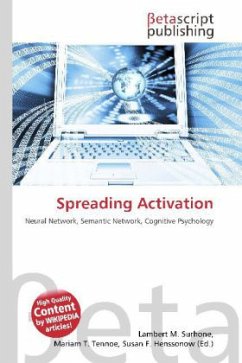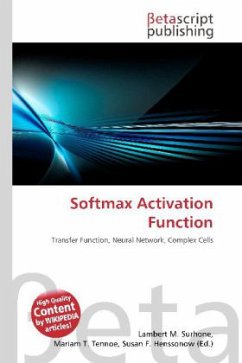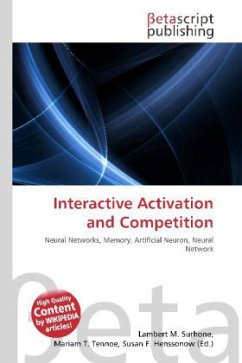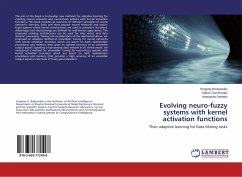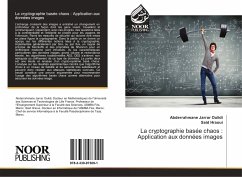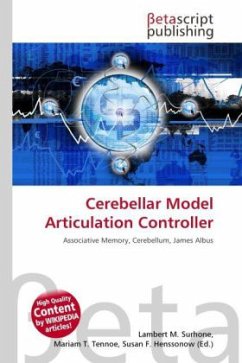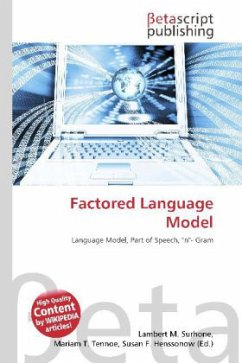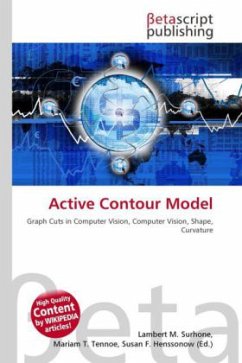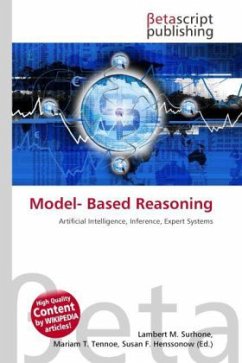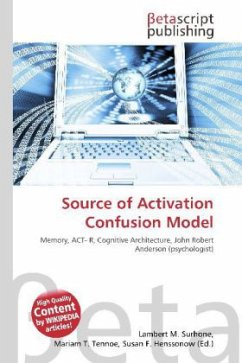
Source of Activation Confusion Model
Versandkostenfrei!
Versandfertig in 6-10 Tagen
23,99 €
inkl. MwSt.

PAYBACK Punkte
12 °P sammeln!
Please note that the content of this book primarily consists of articles available from Wikipedia or other free sources online. SAC (source of activation confusion) is a computational model of memory encoding and retrieval. It has been developed by Lynne M. Reder at Carnegie Mellon University. It shares many commonalities of with ACT-R.SAC specifies a memory representation consisting of a network of both semantic (concept) and perceptual nodes (such as font) and associated episodic (context) nodes. Similar to ACT-R, the node activations are governed by a set of common computational principles ...
Please note that the content of this book primarily consists of articles available from Wikipedia or other free sources online. SAC (source of activation confusion) is a computational model of memory encoding and retrieval. It has been developed by Lynne M. Reder at Carnegie Mellon University. It shares many commonalities of with ACT-R.SAC specifies a memory representation consisting of a network of both semantic (concept) and perceptual nodes (such as font) and associated episodic (context) nodes. Similar to ACT-R, the node activations are governed by a set of common computational principles such as spreading activation and the strengthening and decay of activation. However, a unique feature of the SAC model are episode nodes, which are newly formed memory traces that binds the concepts involved with the current experiential context. An additional recent addition to SAC is assumptions governing the probability of forming an association during encoding. These bindings are affected by working memory resources available.



